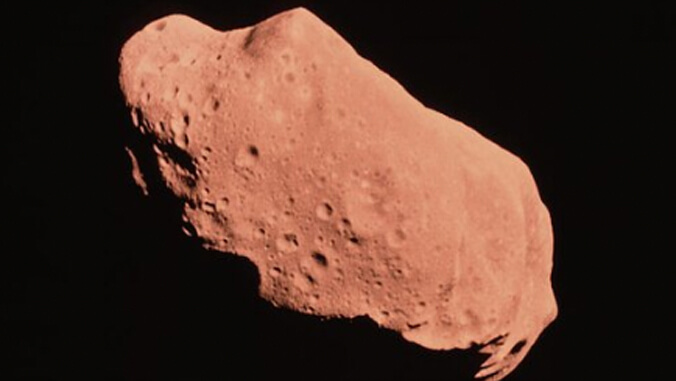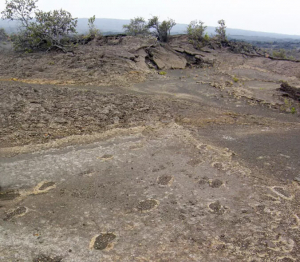
A University of Hawaiʻi at Mānoa researcher will link planetary science and art to the Indigenous culture in Hawaiʻi with her project, “Navigating by Moonlight: The Art of Planetary Science.” Emily Costello is among five scientists selected for NASA’s Planetary Science Early Career Award based on her leadership, involvement in the planetary science community and potential for future impact.

Costello, a research scientist and affiliate graduate faculty in the Hawaiʻi Institute of Geophysics and Planetology at the UH Mānoa School of Ocean and Earth Science and Technology (SOEST), will receive $200,000 to develop a series of presentations about her research and intersections with art and culture that she will share with diverse communities of students, experts and the public in Hawaiʻi, on the continental U.S., and in Europe and Asia.
“Since beginning my journey into science, I’ve been passionate about erasing the lines we draw between science, art, and culture,” said Costello. “A great artist and a great scientist share similar qualities, such as creativity, diligence, and the ability to think about and communicate abstract concepts.”
Costello’s presentations will be oriented around three themes regarding the unity of planetary science and culture: how space weathering over time impacts the color of surfaces in space, the music of cosmic rays, and connections between space exploration and the history of Polynesian navigation.
Informed by art, music, cultural experts

Costello will incorporate her NASA-funded research on space weathering and the effects of particles traveling faster than the speed of light. Additionally, she will draw from her experiences as a visual artist, photographer and gallerist; and decades of composing music and playing piano, violin, mandolin and ʻukulele. The links with Polynesian navigation are inspired by her time in Hawaiʻi and the experts she learned from.
“I am committed to building pathways between science and culture and supporting underrepresented and minoritized groups, including Native Hawaiians,” said Costello. “In my career thus far, I have focused on amplifying Hawaiian voices by developing programs and opportunities for Native Hawaiians and Pacific Islanders to join the planetary science community.”
For more information, see SOEST’s website.
–By Marcie Grabowski

